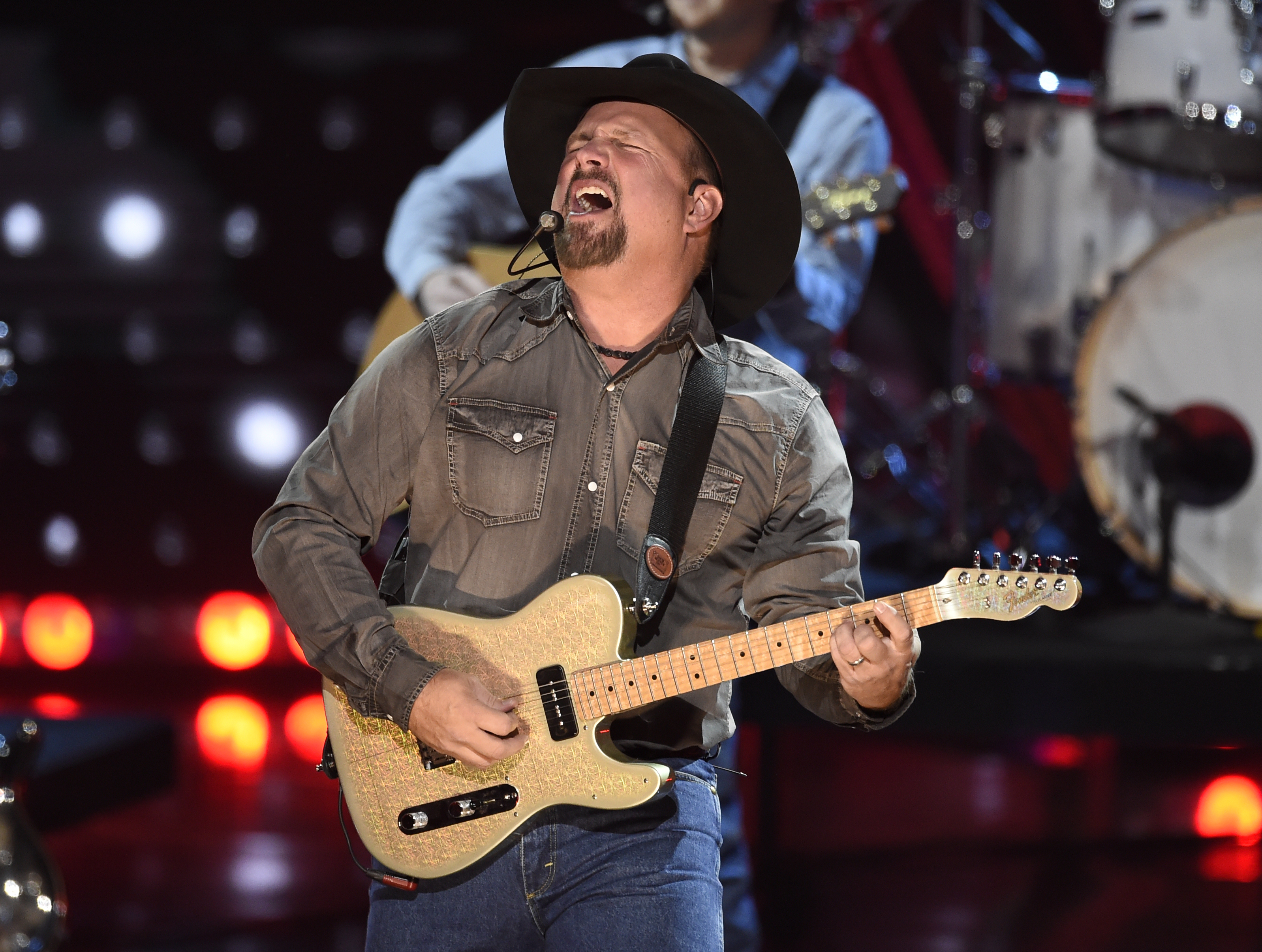We’ve already received one inch and three-quarters of rain this month in Lubbock. This is the highest rain amount during the month of August in the last four years. With the rain and cooler temperatures, it’s helping out some of our local farmers.
“This is a little unusual, but overall it’s a good thing. We never complain about rain” says Russ Wallace, with the Texas A&M Agrilife Extension.
In past years, conditions have been hot and dry during this time of the year, which is technically still the summer season.










